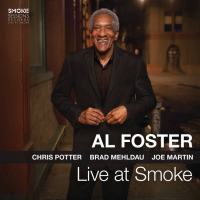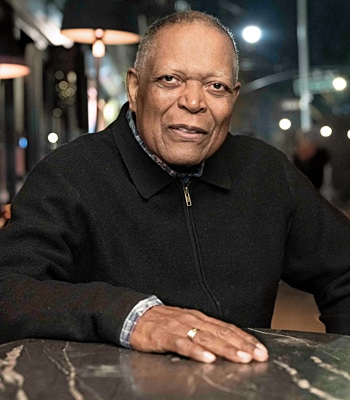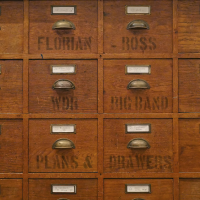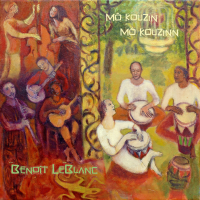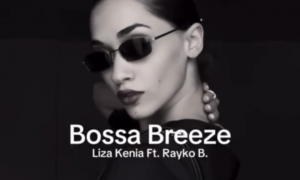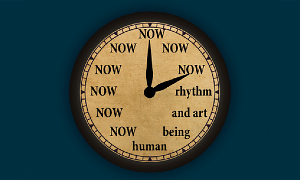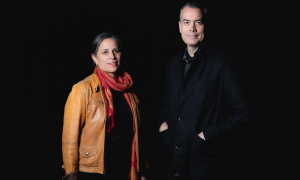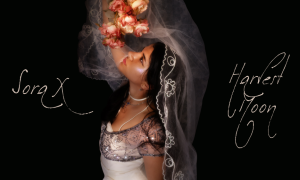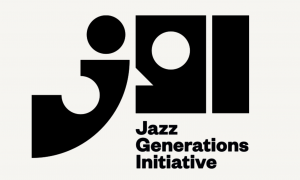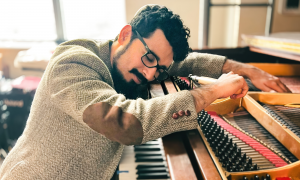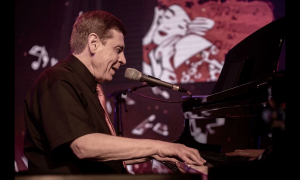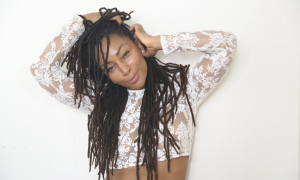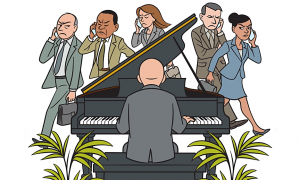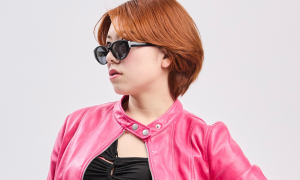And not just making motion pictures, but still images, by the thousands. He photographed most avidly during the 1960s, chronicling the burgeoning L.A. art scene and its prime movers.
His pictures have been included in virtually every book or exhibition about the era and have been featured widely in gallery and museum shows around the world, including numerous retrospectives. Last fall, a 400-print show called Signs of the Times was held at the Tony Shafrazi Gallery in New York, and accompanied by a comprehensive catalog. Locally, Hopper was the subject of several shows at the Craig Krull Gallery in Santa Monica.
Hopper, who died Saturday, was living in New York in 1961, a young actor and painter, when his first wife, Brooke Hayward, noticed that he would walk the streets framing views with his hands. She bought him a Nikon for his 25th birthday. When Hopper resettled in L.A. that same year, he carried the camera everywhere, shooting on the street, from the car, at art happenings, social gatherings at his house and the homes of his friends.
It was a relatively slow time in his acting career and he immersed himself in the art community, becoming friends with and photographing the crowd centered around the legendary Ferus GalleryCraig Kauffman, Billy Al Bengston, Wallace Berman, Edward Kienholz.
He pictured an intent Ed Ruscha standing in front of a storefront whose signage within and reflected from across the street resonated with Ruschas own aesthetic of the commercial vernacular. He documented Allan Kaprows construction of ice-block houses for the 1967 happening, Fluids. He photographed Larry Bell standing in a parking lot, a human exclamation point to the sequence of billboards overhead.
Largely self-taught as a photographer, Hopper aimed most of all to capture textureat first the particular feel of his own time and place, and later, in the 80s, picking up the camera again after a two-decade hiatus, the abraded surfaces of peeling walls and stuttering billboards.
His 1961 Double Standard has become an icon of the era, an exemplar of car culture cool. Shot from inside a convertible paused at the junction of Santa Monica Boulevard, Melrose Avenue and Doheny Drive, the picture is a canny cluster of puns and visual rhymes. Two gas station signs straight ahead give the image its literal title, while an adjacent billboard proclaiming that Real Women Cook With Gas lends that title a touch of social import. The rear-view mirror interrupts the view forward with a glance behind, at a car that appears to stare back at us from the front. Its a delectably dense urban moment.
Hoppers photographs -- many of which will be seen in an exhibition at the Museum of Contemporary Art in July -- speak of vitality and looseness, artistic freedom and energy. They straddle the Beat era and the culture of Pop, Kerouac and Frank on one side, Warhol on the other. He credited Duchamp, whose first retrospective he saw in 1963 at the Pasadena Art Museum, as a seminal influence. The whole idea of the ready-made and that the artist of the future could be somebody who points their finger and says its art and itll be art, Hopper recalled in a conversation published in 2001.
I think of that with my photographs. I think of them as found paintings because I dont crop them, I don't manipulate them or anything. So they're like found objects to me.
Remembering Dennis Hopper, Photographer
A self-described compulsive creator, the late Dennis Hopper was as prolific behind a camera as in front of it.




